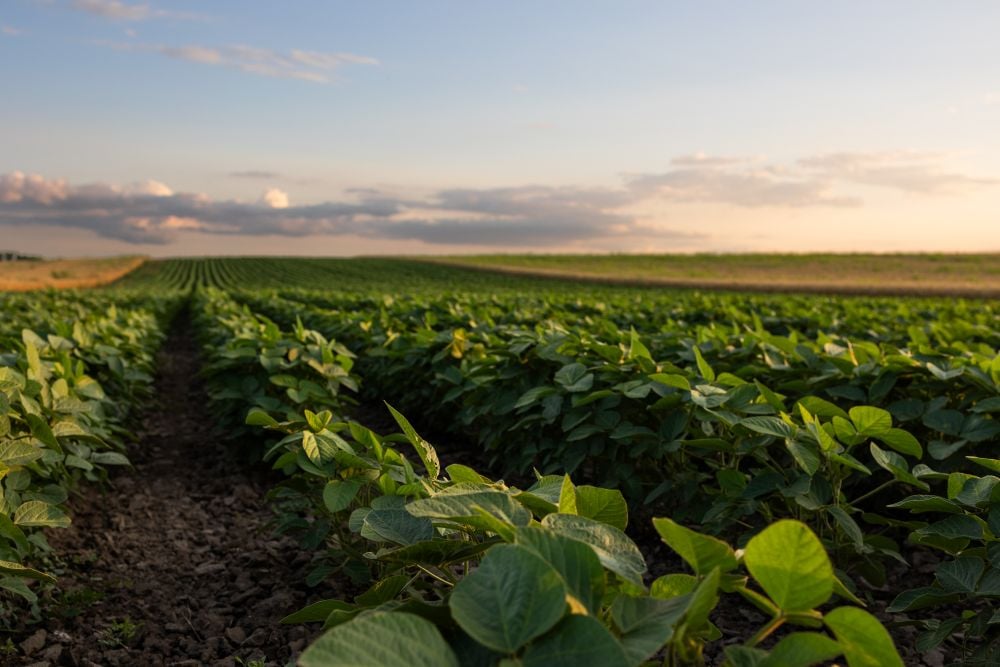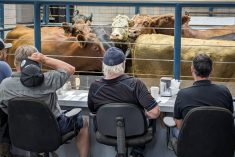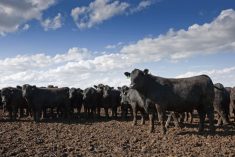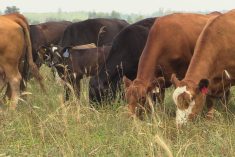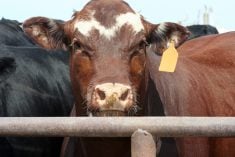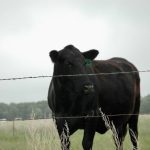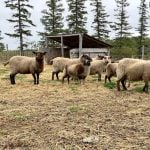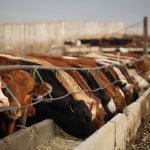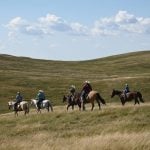Alberta fed cattle prices dropped sharply last week, with dressed sales falling $10 to $20 from seven days earlier. Despite the weakening Canadian dollar, wholesale beef prices also fell US$10/cwt which offset any currency benefit.
Feedlot operators froze with disbelief as the market suffered one of the sharpest week-over-week declines in recent memory. The hot and dry conditions across Western Canada and the state of emergency in Alberta enhanced the risk-averse behaviour amongst buyers. Feeder cattle markets across the Prairies were generally $3-$6 lower, with heavier weight categories absorbing the bulk of the decline. Heifers appeared to lack buying interest, dipping as much as $10 from week-ago levels.
Read Also

U.S. grains: CBOT soybeans, corn, wheat fall in USDA data aftermath
Chicago grains took a dive on Friday, following a closely watched U.S. government crop report and the release of export data that could provide clues into Chinese buying.
Medium-frame steers with various flesh levels averaging 950 lbs. were quoted at $159 landed in southern Alberta. Backgrounding operators are selling the final remnants of winter labour and quality was quite variable on yearlings. Larger-frame medium-flesh steers weighing just over 800 lbs. were quoted at $180-$185 in Alberta; heifers of similar weight and quality were readily trading from $152 to $156 in the Lethbridge area.
The lighter weight categories garnered support from the deferred live cattle futures which retraced recent losses. Grasser demand stepped forward sporadically but the fear of adverse pasture conditions through the summer stemmed demand. It’s early in the growing season but the trend in weather is not favourable. Steers averaging 500 lbs. are now hovering around the $222 level and 600-pounders are now dipping below the psychological support of $200 across the Prairies.
Many private and public weather forecasters are calling for the Canadian Prairies to receive less than 50 per cent of normal precipitation over the next couple of months. Feedlots are starting to gear up in preparation of this scenario, which has also reinforced the defensive tone in the feeder markets. It’s inevitable we’ll see a weather market in the feedgrains complex at some point this summer and final pounds on the fed cattle could become costly.
— Jerry Klassen is manager of the Canadian office for Swiss-based grain trader GAP SA Grains and Produits. He is also president and founder of Resilient Capital, which specializes in proprietary commodity futures trading and commodity market analysis. Jerry owns farmland in Manitoba and Saskatchewan but grew up on a mixed farm/feedlot operation in southern Alberta, which keeps him close to the grassroots level of grain and cattle production. Jerry is a graduate of the University of Alberta. He can be reached at 204-504-8339.

